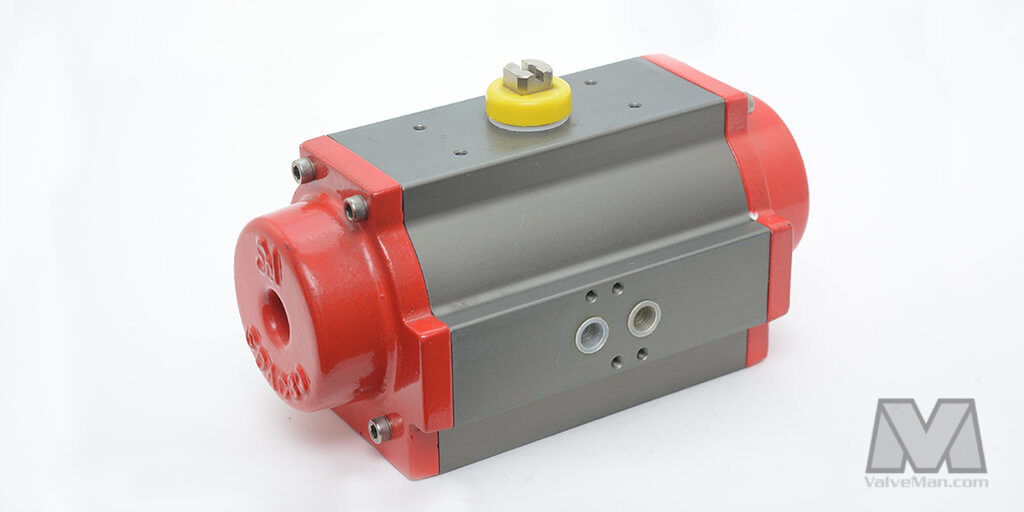The sledgehammer is one of the most versatile and powerful tools in construction and landscaping. With its heavy head and long handle, it delivers the force necessary to complete tough tasks, from breaking down walls to driving posts into the ground. In this article, we’ll explore the uses of the sledgehammer, key features to consider when buying one, and how it plays a critical role in geogrid reinforcement during construction projects.

What Tasks Can You Do with a Sledgehammer?
A sledgehammer is an essential tool for heavy-duty tasks, including breaking concrete, smashing rocks, or driving steel posts into the ground. It is commonly used in demolition projects, where its power is needed to break down walls or other structures. In landscaping, a sledgehammer is used for driving fence posts or breaking up hard soil.
Due to its weight, a sledgehammer can generate more force with less effort, making it ideal for these tough jobs that require substantial impact.
Choosing the Right Sledgehammer for the Job
When purchasing a sledgehammer, the two most important factors to consider are the weight of the head and the length of the handle. A heavier head (8-16 pounds) is best for tasks like demolition or breaking concrete, while a lighter hammer is better for driving posts or tasks requiring more control.
The material of the handle also matters. Wood offers traditional comfort but can break under extreme force. Fiberglass or steel handles are more durable and often provide better shock absorption, helping reduce strain on your hands and arms.
How Does a Sledgehammer Aid in Geogrid Installations?
In civil engineering and construction projects, sledgehammers are used to help secure geogrid materials. Geogrid is used to reinforce soil, providing stability in projects like retaining walls, erosion control, and road stabilization. The sledgehammer comes into play when anchor posts are driven into the ground before geogrid is laid down.
For example, in road construction or slope stabilization, using a sledgehammer to drive stakes or anchors ensures that the geogrid remains firmly in place, offering long-term support to the surrounding soil.
Sledgehammer Safety: Precautions You Need to Follow
Because of its heavy weight and the impact force it generates, using a sledgehammer requires careful safety precautions. Always wear safety goggles, sturdy gloves, and durable boots. Stand firmly with a solid grip on the handle to prevent injury from missed swings.
Before each use, inspect the sledgehammer for any signs of damage, such as cracks in the handle or a loose head. Always make sure the area is clear of obstacles and bystanders to avoid accidents caused by flying debris.
A sledgehammer is a critical tool for tackling tough jobs in construction and landscaping. By choosing the right one for the task and taking necessary safety precautions, you can maximize its efficiency and use it safely in a variety of applications.